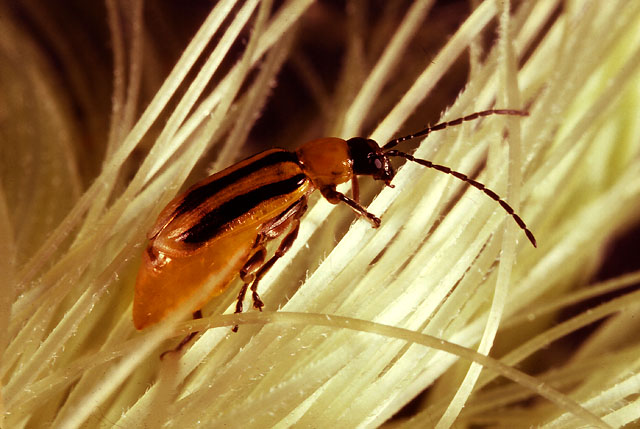Gut bacteria may be key to crop pest’s resurgence
Ars Technica » Scientific Method 2013-06-24
For the most part, crop rotation—planting different produce in different years—is advertised as a way of helping the soil by keeping a single crop from draining it of some types of nutrients. But it turns out that crop rotation can also help control some agricultural pests. Many pests are specialized feeders that grow on a limited number of plants. Place a distantly related species in the same field, and the pests find themselves with nothing to eat. By the time the original crop rotates back into the field, the bugs that specialize in feeding on it are long since dead.
This approach helped effectively control the western corn rootworm. As its name implies, the animal specializes in eating corn (as the name doesn't imply, it's actually a beetle). By alternating corn and soybeans in the same field, the corn rootworm ended up spending every other year with nothing to eat, keeping its numbers in check. Unfortunately, Illinois has seen the appearance of a "rotation resistant" strain, which is now spreading more widely across the US.
How does an insect become resistant to the fact that its normal meal vanishes? Scientists are beginning to crack the problem, and they're finding it's a combination of changes in the corn rootworm itself plus changes to the ecosystem it carries along in its gut.
Read 7 remaining paragraphs | Comments
